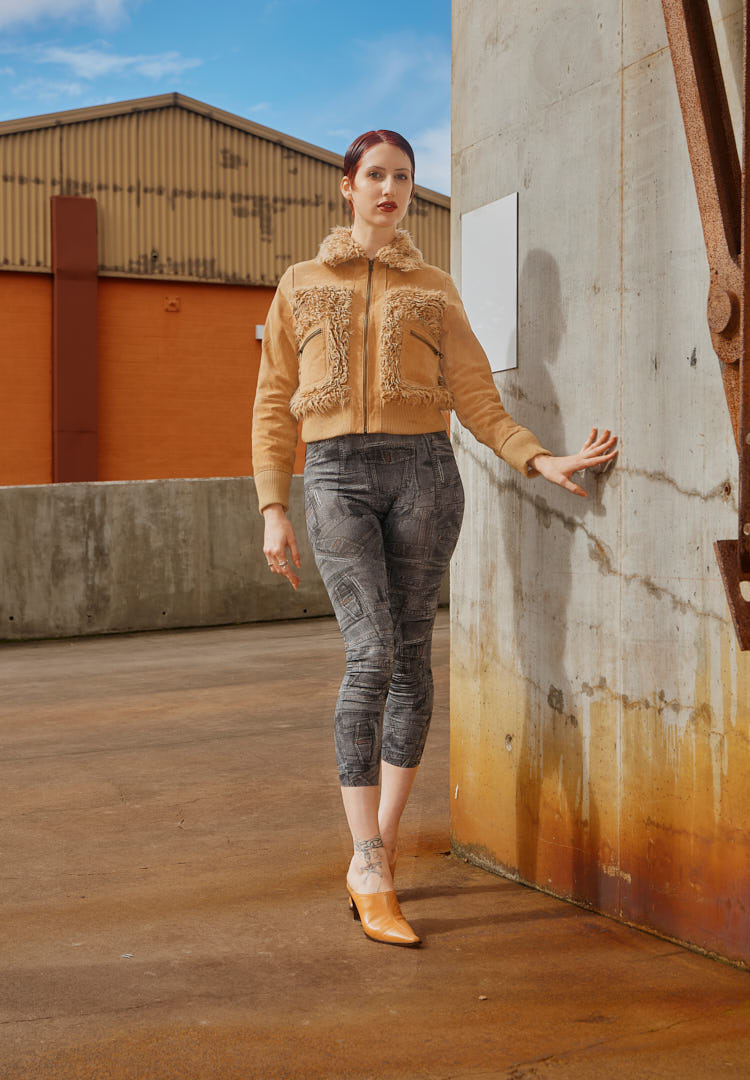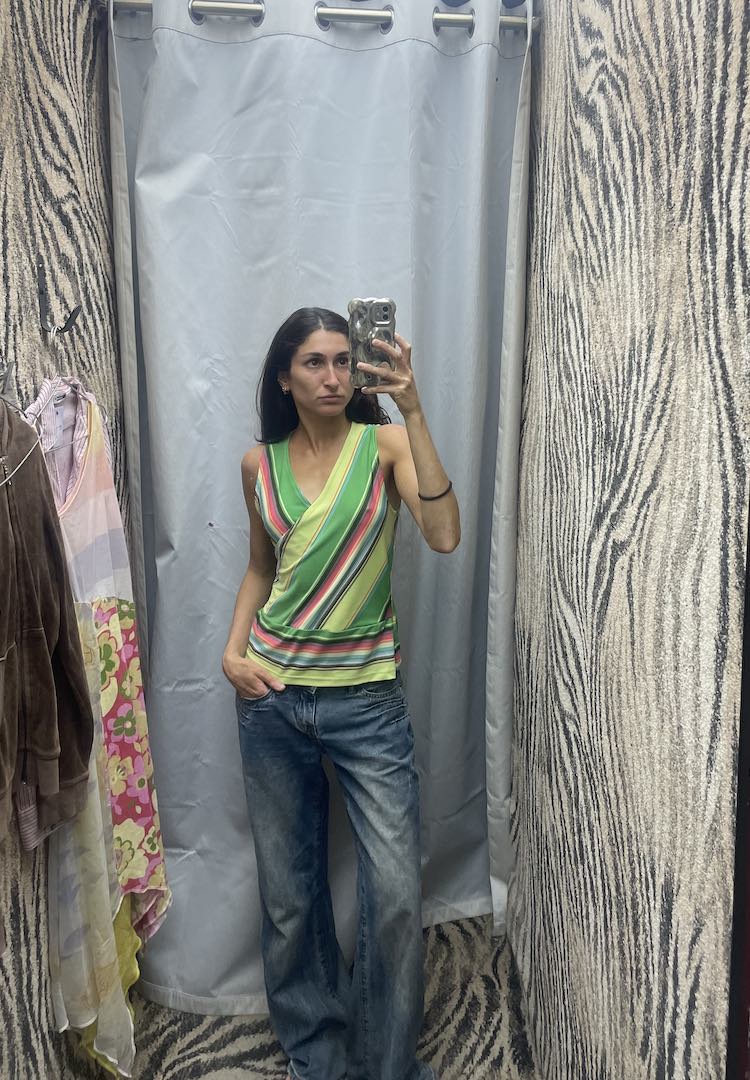Three things I wish I’d known before selling my wardrobe online as a fashion editor
IN PARTNERSHIP WITH eBAY
WORDS BY CAIT EMMA BURKE
How to avoid the common mistakes sellers make online.
Selling your wardrobe online is an excellent side hustle, something I can attest to firsthand. I’ve worked in the fashion industry for over a decade, for the last five years as a fashion editor, and over that time I’ve accrued a lot of incredible pieces. To keep things streamlined, I have a ‘one in, one out’ policy with my wardrobe. If I want to buy something new (or pre-loved), I first need to sell a piece already in my wardrobe or take it to my local op shop.
Of course, like many things in life, selling online isn’t always as straightforward as it seems. There’s an array of mistakes online sellers make that significantly diminish the chances of their items selling. Below, I share three things I wish I’d known before I first started selling my wardrobe online.
You need to do your research
Make sure you research what demand there is for the item you’re listing, and what price it’s selling for. Pricing your item correctly plays a pivotal role in it selling. Too high and it won’t move, too low and you’ve missed an opportunity. eBay is a great resource for researching potential sale prices, given the volume and breadth of items listed on the platform each day. If you’re planning to sell through the platform, it also has an inbuilt tool you can use when pricing your items, which can take the guesswork out if you’re feeling unsure.
Personally, I’ve found that the easiest approach, particularly if you want a quick sale, is to price your item at 50 per cent less than what you purchased it for. I’ve had items over the years fail to sell, all because my asking price was way too high. On the flip side, I’ve had pieces I priced far too low that got snapped up straight away, only for me to find out I could have made significantly more.
Unlike some online selling platforms, on eBay you don’t need to fret about there only being a demand for high end, designer items as there are many buyers looking for affordable high street pieces too. In fact, by listing your items on eBay, you’re reaching millions of buyers globally, increasing your chances of making a sale.
Make sure you nail your description and pictures
Making sure you’re presenting your item in the best possible light (literally, make sure your photos have good lighting!) is key. When I first started selling on eBay, I never ironed or mended my pieces and I didn’t put much thought into my photos. Now, I always iron them, fix up any loose buttons or tears and take crisp, high quality photos in natural light.
Another important factor when it comes to successful selling is nailing your item description and being truthful and accurate about the condition the item is in. Make sure you include your item’s key selling points and use full sentences with correct spelling and punctuation. Nobody wants to decode a garbled, incoherent description and if you’ve spelled key search terms wrong, it will mean fewer eyes on your listing.
It can feel overwhelming at times to write a description that sells, so focus on keeping it clean and including as many details as possible. It’s also worth playing around with eBay’s artificial intelligence tool that helps write your listing description, as it’s a great starting point for any hesitant sellers.
You can sell items in a range of conditions – new with tags on, lightly worn, heavily worn, pieces with wear and tear – on eBay. There really is a buyer for most pieces, but the key is to be detailed and honest. Note any imperfections and signs of wear so your buyer knows exactly what they’ll be receiving. eBay has collated a list of ways to describe your item’s condition here, so if you’re unsure, it’s worth reviewing.
Some selling platforms are easier (and safer) than others
If unwanted admin is what’s put you off selling your clothing online before, then rest assured – selling on eBay couldn’t be easier. The site has a quick listing tool that walks you through the listing process step by step, and there are seller protections that safeguard you against abusive behaviour and events outside your control, like weather or carrier delays.
Over the years, I’ve tried many different selling platforms, including ones that have practically no buyer protections. But once you’ve had a few scammy or troublesome interactions with would-be buyers, you realise how important it is to have these protections to fall back on.
You can also save time (and money) by purchasing your Australia Post and Sendle labels on eBay, where you can print labels for multiple orders at once and the address details will be automatically added. It lets you see the cheapest postage option depending on the buyer’s location, and tracking details are automatically uploaded to eBay. There’s an option for printer-free labelling through Sendle if you don’t have access to a printer at work or home, allowing sellers to simply write the address and code on the parcel. Using Sendle can also mean a courier is sent to your door, saving you a trip to the post office.
Of course, you don’t need to wait until you have a bag full like me, it’s worth experimenting with one or two items to see what the process is like for yourself. You might like to sell some items for a flat rate or trial an auction (it’s fun, I promise), or play around with eBay’s AI tools. Above all, enjoy the process, as well as the extra wardrobe space, because your items are going to a good home.
To start selling your wardrobe online, head to eBay.













